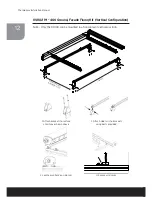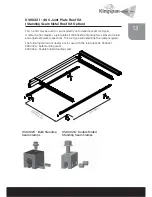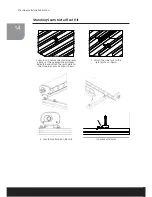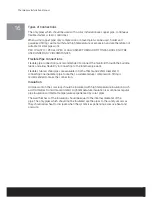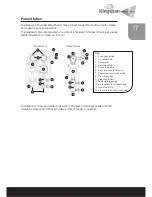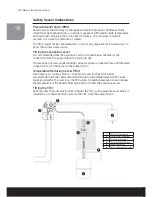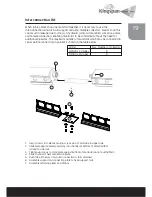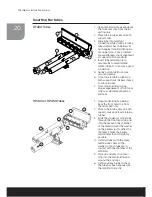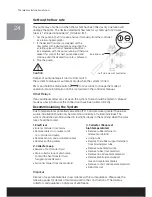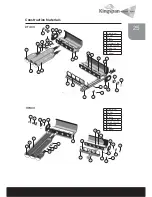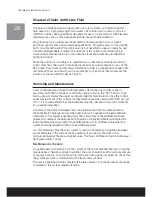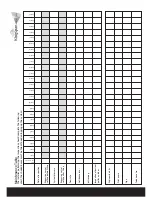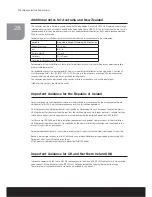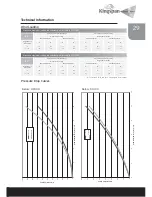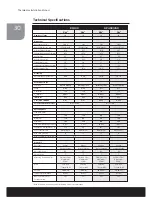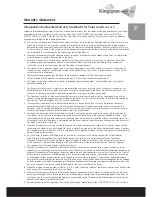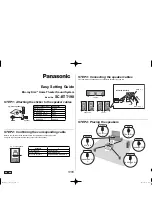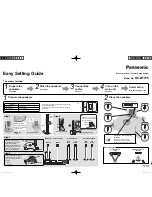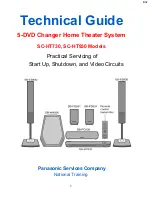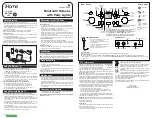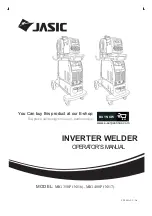
26
Thermomax Installation Manual
Disposal of Solar Antifreeze Fluid
The Solar Antifreeze Fluid we supply with our solar systems is a thermal transfer
fluid based on 1,2 propylene glycol and water. The solution also contains corrosion
inhibitors and has been specifically designed for used in solar systems with elevated
temperatures, such as those experienced with Vacuum Tube Collectors.
Propylene Glycol is a widely used ingredient in pharmaceutical, food, cosmetic,
personal care, flavours and animal feed applications. Propylene glycol is not volatile,
but is miscible with water. Propylene glycol is not harmful to aquatic organisms and
is readily biodegradable; however the disposal of the solution should be done in
a responsible manner taking into consideration local Environmental and Health &
Safety legislation.
While the solution is not subject to registration as a hazardous material according
to EEC directives the solution should be disposed of by special means. A copy of the
EEC Safety Data sheet and Technical Information sheet is available upon request. We
recommend that you contact your local authority to check that they will accept the
solution at special landfill collection points.
Servicing and Maintenance
Users should regularly check the temperatures which the solar control panel is
recording. With the SC range of controllers, simply pressing the ‘SET’ button on the
fascia once will display the upper and lower collector temperatures since the control
panel was last reset. If the collector temperatures have been excessively high i.e. over
170˚C, it is recommended that the antifreeze level be checked using a refractometer
by a qualified engineer.
A sample of the Solar Antifreeze Fluid can be extracted from the pump station at
the pump itself. The large centre of the pump hub can be opened with a large flathead
screwdriver. This should be opened slowly until a few drops of the antifreeze fluid are
released. A sample of the fluid placed on the glass of the refractometer will display the
level of antifreeze in the system. If the antifreeze has lost its antifreeze properties the
system should be refilled with fresh Solar Antifreeze Fluid.
It is recommended that the solar system is serviced annually by a qualified engineer
and immediately if the system shows evidence of having lost pressure or has
discharged liquid at the pressure relief valve. The Solar Antifreeze Fluid should always
be replaced after 7 years.
Maintenance schedule
A qualified person should service the system at the recommended intervals, using the
maintenance schedule overleaf. In addition the user should check the system pressure
at regular intervals. A visual inspection of the pressure gauge is required to check that
the system pressure is maintained at the level noted overleaf.
The service engineer should complete the table overleaf ; the shaded boxes should be
completed if the system requires refilling.

